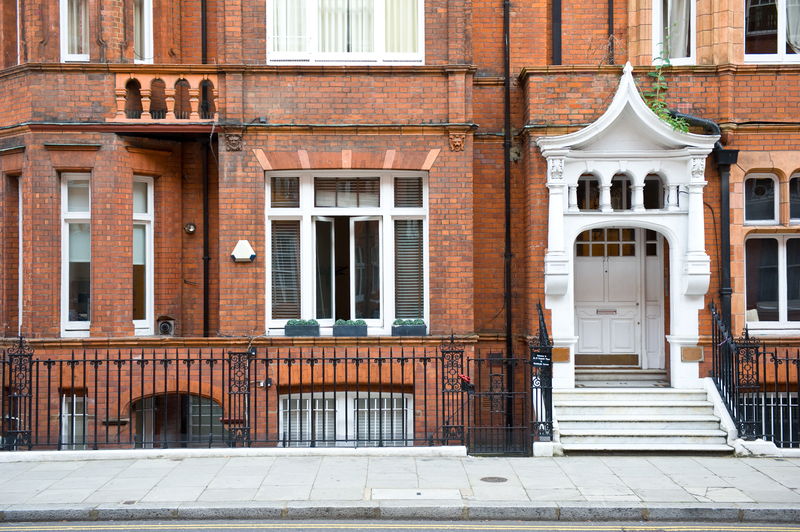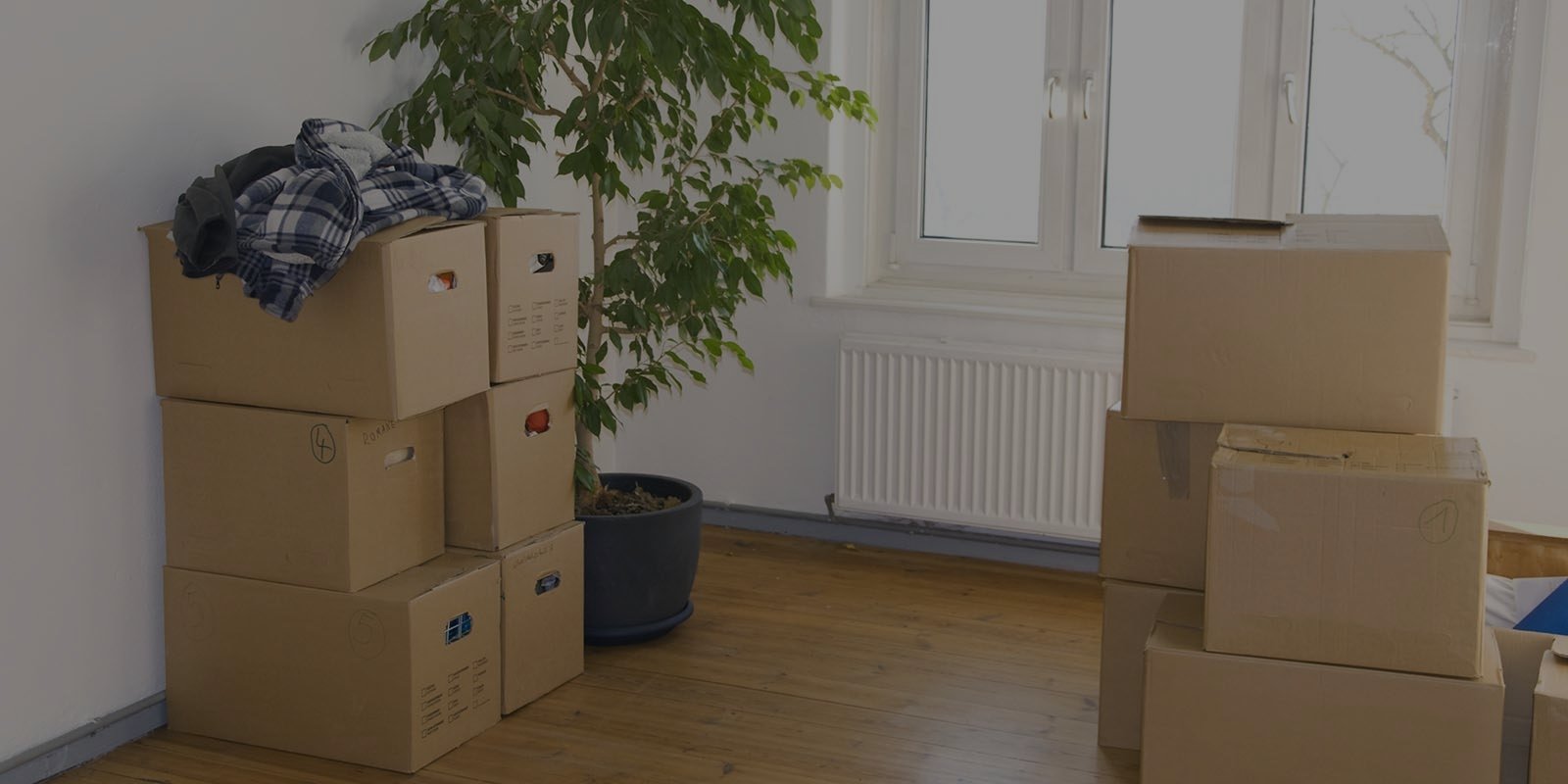Why Moving a Piano Isn't Your Average DIY Task
Posted on 16/06/2025
Why Moving a Piano Isn't Your Average DIY Task
For most homeowners, moving furniture is a straightforward process. But when you need to relocate a piano, you've entered a whole different ballgame. While it may seem tempting to approach it as a standard DIY job, moving a piano is far from your average furniture-shifting task. This comprehensive guide will explore why relocating a piano is so unique, the dangers and challenges involved, and why hiring professionals is often the wisest -- and safest -- decision.
Understanding the Complexity of Piano Moving
Pianos are not just large instruments; they are intricate, delicate, and tremendously heavy. No two moves are alike, and every piano presents a distinct set of challenges. Understanding these complexities is essential to appreciating why piano transportation is best left to the experts.
The Sheer Weight and Size
- Upright pianos: Typically weigh between 300 and 800 pounds.
- Grand pianos: Can weigh well over 1,000 pounds, with some concert grands tipping the scales at nearly 1,400 pounds.
The massive size, awkward shape, and substantial weight of a piano make it far more challenging to maneuver than standard household items. This sheer bulk is the first hurdle that differentiates piano relocation from regular moving tasks.
The Delicate Inner Workings
What sets pianos apart is their internal structure. Each one contains
- Thousands of moving parts
- Up to 230 tightly wound strings, each under high tension
- Fragile wooden soundboards
- Delicate tuning pins
Improper handling during piano moving can easily damage these internal mechanisms, resulting in costly repairs and altered sound quality. With the instrument's value potentially running into thousands of dollars, treating your piano with utmost care is indispensable.

Common Mistakes DIY Movers Make
It's easy to underestimate the risks when tackling a piano move as a DIY project. Here are some of the most frequent -- and costly -- mistakes homeowners make:
1. Underestimating the Weight
Without specialized equipment, lifting, maneuvering, and loading a piano is extremely difficult. Standard dollies and moving straps aren't designed for the extraordinary weight or shape of pianos. This can lead to:
- Personal injury -- muscle strains, back injuries, crushed fingers or toes
- Piano damage -- cracked legs, broken pedals, or structural warping
2. Inadequate Manpower
Even enlisting friends or family is usually insufficient. Professional piano movers typically use groups of 3-5 trained individuals, all familiar with the physics and techniques unique to these instruments. DIY crews often lack the stamina and coordination to safely handle the job.
3. Skipping Protective Measures
Protecting both your piano and your property's floors, walls, and doors is crucial. Movers use specialized blankets, padding, and custom dollies, while DIY attempts often rely on inadequate household items. The result? Scratched finishes, gouged hardwood, dinged walls -- and a hefty repair bill.
4. Navigational Difficulties
Staircases, narrow hallways, sharp corners, elevators -- each presents a specific set of risks when moving a piano. Professionals are trained to navigate these hazards, while DIY approaches frequently result in accidents or instrument damage.
5. Improper Loading and Transport
Pianos require secure strapping and precise placement during transport to prevent internal damage. Regular moving trucks or personal vehicles rarely offer the stability or protection necessary for these valuable instruments.
The Anatomy of a Professional Piano Move
For most movers, relocating a heavy item simply means muscle and brute force. Not so when it comes to a piano. Professional piano moving companies bring an array of specialized skills and tools to every job, including:
- Custom piano dollies and skids
- Protective wraps and moving blankets
- State-of-the-art hoisting equipment
- Stair-climbing machines
- Precise climate control options (for long-distance moves)
- Experience with different piano sizes and brands
Safety is always the top priority. Professionals conduct thorough site assessments, measuring entrances, stairways, and obstacles before executing the move. Every step is planned to keep both the instrument and people safe from harm.
Why Is Moving a Piano So Dangerous?
Pianos are not just expensive and heavy -- they're also dangerous to move incorrectly. Here's why piano moving is such a hazardous undertaking for amateurs:
1. Risk of Injury
With even small upright pianos weighing several hundred pounds, lifting and maneuvering without training can easily result in back injuries, muscle strains, crushed digits, or even more severe accidents like falls. The risk increases exponentially with stairs or awkward turns.
2. Damage to the Instrument
Improper lifting or dropping can fracture components, break strings, or even collapse the entire soundboard. Unlike a simple piece of furniture, repairing a damaged piano may cost thousands of dollars and irreparably alter its tonal quality.
3. Damage to Property
An out-of-control piano can punch holes in drywall, gouge hardwood, or even damage support railings on stairs. Door frames and thresholds are especially vulnerable, and transportation mishaps can destroy the instrument's finish in seconds.
Hidden Costs of a DIY Piano Move
At first, tackling a DIY piano move can seem like a cost-effective choice. However, the potential for accidents, repair costs, and even insurance claims can quickly outweigh the savings. Consider the following hidden expenses:
- Medical bills for injury
- Repairing piano damage (both cosmetic and mechanical)
- Repairing property damage
- Rental fees for specialized moving equipment
- Lost time and productivity
- Potential moving delays and scheduling issues
Moreover, most homeowner's insurance policies do not cover damage caused by self-moved expensive items. This leaves you financially responsible for any mishaps during the move.
The Benefits of Hiring Professional Piano Movers
The safest way to transport your precious instrument is to hire expert piano movers. Here's why professional relocation services stand head and shoulders above any DIY attempt:
1. Experience Counts
Piano moving is a specialized trade. Teams with years of experience understand the intricacies of different piano models, know how to tackle unexpected obstacles, and are fully prepared for the toughest jobs. Their expertise minimizes risk and maximizes instrument safety.
2. Specialized Equipment
Professionals use high-quality, purpose-built tools designed specifically for moving upright and grand pianos. Their equipment protects both your instrument and your home, ensuring a smooth, damage-free move.
3. Insurance Coverage
Most reputable piano movers offer comprehensive coverage for your instrument. This peace of mind is invaluable and protects you from unexpected expenses should the worst happen.
4. Customized Moving Plans
Each move is unique. The best moving companies conduct an in-home assessment and create a tailored strategy based on your piano's size, model, access points, and final destination. This personalized approach dramatically reduces the chance of mishaps.
5. Time & Stress Savings
Moving is stressful at the best of times. By entrusting your piano to experts, you free up your time and energy for the other demands of your relocation.
How to Choose the Right Professional Piano Movers
Not all moving companies are created equal when it comes to pianos. Here are some vital tips for finding the best possible team:
- Check for specialized training and experience: Ask if they focus specifically on pianos.
- Read customer reviews and ask for references.
- Verify insurance and licensing coverage, particularly for valuable items.
- Get a detailed, written estimate to avoid surprise charges.
- Ensure they use appropriate equipment and padding.
Taking these steps ensures your prized instrument is in the safest hands possible.
Extra Considerations for Long-Distance Piano Moves
Planning to move your piano to another city, state, or even across the country? Long-distance piano relocation introduces a new layer of complexity:
- Climate control: Moisture and temperature changes can warp wood and ruin finish. Choose a mover capable of providing stable conditions.
- Disassembly and reassembly: Grand pianos may need legs and pedals removed for transport and professionally re-installed.
- Coordination with delivery schedules -- ensure your piano doesn't sit in storage longer than necessary.
- Consider the need for retuning and inspection after arrival.

Frequently Asked Questions About Moving a Piano
Can I move a piano myself with enough people?
Technically, maybe, but the risks far outweigh the potential savings. Without proper training, injury and damage are likely, and specialized equipment is essential for safe transport.
Is it cheaper to move a piano myself?
Consider all potential costs, including equipment rental, medical bills, repairs, and time lost to unforeseen complications. In most cases, a professional service is not only safer but more economical in the long run.
How do professionals protect my piano?
They use padded coverings, specialized dollies, secure strapping, and safely navigate all obstacles in your home. Insurance and careful planning ensure your piano reaches its new home safe and sound.
Do I need to retune my piano after moving?
Yes, almost always. Vibrations, changes in humidity, and temperature fluctuations mean tuning and sometimes additional maintenance will be necessary post-move.
Conclusion: Skip the DIY -- Your Piano Deserves Better
Moving a piano is much more than just a heavy-lifting task. It involves complex logistics, a deep understanding of the instrument, and the right tools and techniques. Whether you're moving a family heirloom upright or an expensive baby grand, safeguard your investment and reduce risks to yourself and your home. When it comes to piano relocation, leave it to the professionals -- your instrument, your home, and your back will thank you.
Ready for a safe, stress-free move? Contact experienced piano movers in your area and enjoy peace of mind knowing your instrument will arrive at its new destination in perfect harmony.







